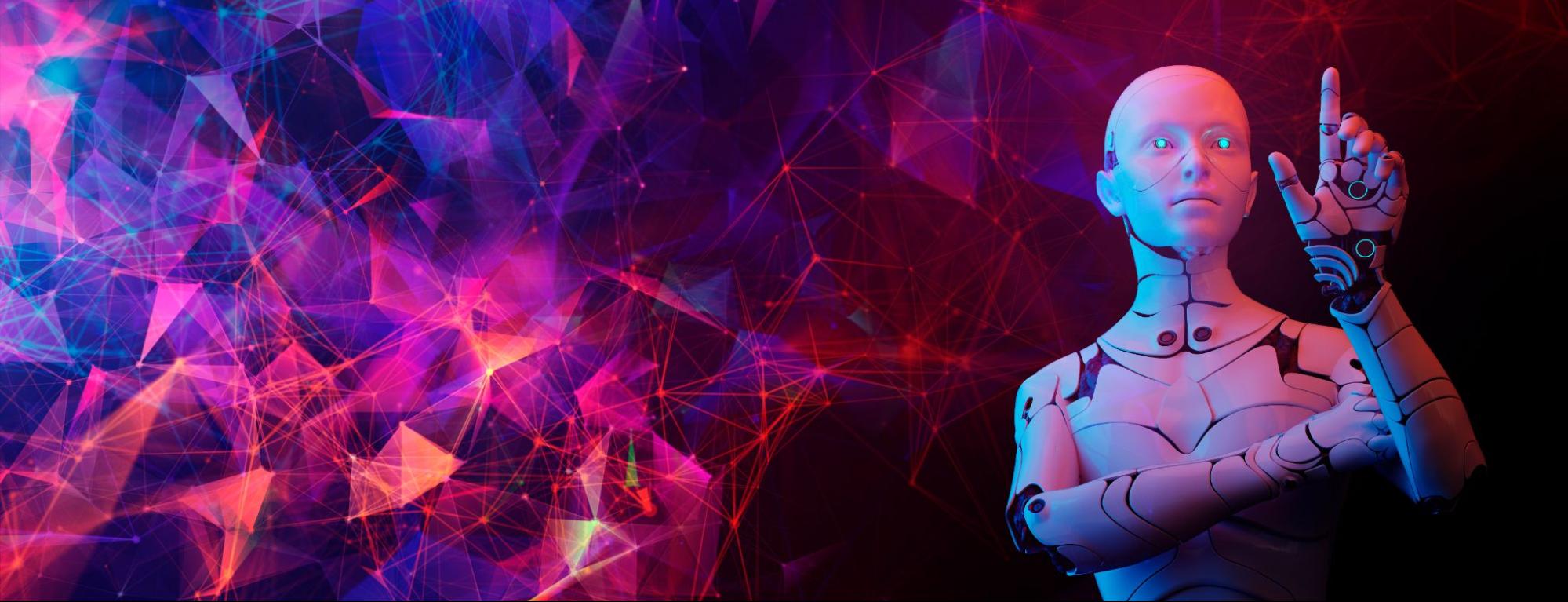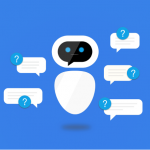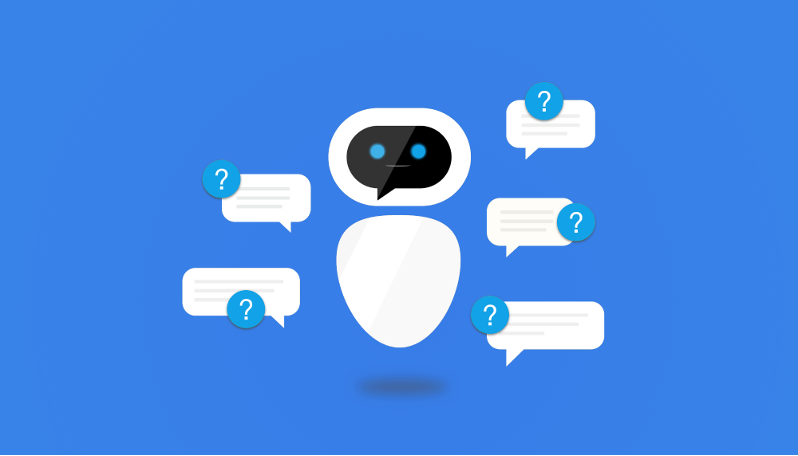A Guide to Chatbot Terminologies You Should Know

Chatbots are fascinating. They’re kind of like Siri, but only more useful, because they’re capable of helping you find a flight or buy some new shoes. But let’s be honest: Chatbot Terminology is fascinating. If you ask Siri a question about what to do for dinner and she doesn’t understand it, that’s one thing—your dinner isn’t going anywhere! But if a company has invested millions in developing a chatbot that doesn’t understand its customers’ questions, then there might be some problems down the road.
So before we dive into the terminology around chatbots and why it matters so much, let’s talk about why this is happening in the first place— and what all these terms mean anyways:
Natural Language Processing (NLP)
NLP is the process of understanding human language as it is written or spoken, without regard to its meaning. It’s a subset of artificial intelligence (AI), and it’s used in chatbot language
It is also used in voice recognition systems like Siri and Alexa, which can be trained to understand certain words and phrases. For example, if you say “Hey Siri!” to your iPhone instead of just saying “Siri,” your phone will hear that first word as a command rather than a casual greeting.
NLP also helps search engines like Google understand what you mean when you type in questions or instructions into the search bar—for example: “How many cups are in a quart?”
Machine Learning (ML)
Machine learning is a subset of artificial intelligence (AI) and it’s the ability of a computer to learn without being explicitly programmed. It is also known as “supervised learning” because it requires datasets that have been previously labeled by humans.
Machine learning can be used to improve chatbots and sometimes even train them, but it can also be used to train developers who want to build better bots. Some people want their bots trained on hand-labeled data sets so they know exactly how they will react in every situation; while others prefer machine learning because they think their developers will understand what their bot needs better if they are able to observe its behavior over time rather than simply having someone explain what it needs each step of the way (which could be very time consuming).
In short: ML helps you make smarter decisions about your chatbot.
Artificial Intelligence (AI)
Artificial Intelligence (AI) is a technology that makes it possible to have computers act like humans.
AI can be used in many applications, including robotics, self-driving cars, virtual assistants (like Siri), and chatbots. There are many limitations of AI at this point in time—we don’t have an AI able to pass the Turing test yet—but it’s still an exciting field! AI chatbots are revolutionizing digital marketing by allowing businesses to interact with customers through conversational interfaces rather than traditional websites or apps.
Conversational Commerce
Conversational commerce is the ability to interact with a business through a chat app. It allows users to make purchases, receive customer support, and engage with customers on social media.
It’s important that you understand the terms used in conversational commerce so you can develop your own chatbot strategy.
Rule-based engine
Rule-based engine is a type of artificial intelligence (AI) that uses rules to make decisions and solve problems. The rule-based engine will follow the rules it has been given to answer a specific question or execute a specific action.
Here are some examples of things that can be done by rule-based engines:
- Detecting credit card fraud
- Autonomous vehicles driving on our roads
- Chatbots answering your questions
Conversational flow
Conversation flow is the sequence of messages that a user can send and receive. A conversation flow is composed of a sequence of messages, which are inputted by the users to the bot, and corresponding responses sent back by the bot.
For example, consider this simple chatbot intent examples flow:
- User 1: What’s your name?
- Bot 1: My name is Bot 1! What’s yours?
- User 2: I am user 2! How old are you?
Virtual Assistant
A virtual assistant is a software agent that can perform tasks or services for an individual. Virtual assistants can perform tasks such as scheduling appointments, making travel arrangements, and ordering products online.
Progressive Disclosure
Progressive disclosure is a design pattern that hides additional functionality until the user needs it. This allows you to reduce cognitive load on your users, which can in turn improve their experience. Also read about How Artificial Intelligence Can Take Your Website Next Level.
Progressive disclosure is used in chatbots to keep the conversation on track and prevent users from becoming overwhelmed by too many options at once. There are three ways it can be implemented:
- Progressive Expansion: When you add more information or features as the user performs an action (for example, if they click on something).
- Progressive Filtering: When you narrow down or remove options based on user input (for example, if they select what kind of product they’re looking for).
- Progressive Disclosure: When you show only one piece of functionality at a time (for example, as soon as someone enters their email address into your bot’s sign-up form).
The chatbot industry is growing faster than ever and you should know the jargon.
According to a study from Research and Markets, the chatbot industry is expected to be worth $1.3 billion by 2021. If that’s not impressive enough, consider this: It’s expected to grow at a rate of 22% per year over the next five years! That means that it will employ over 200,000 people by 2023—and those numbers are only increasing as time goes on.
Conclusion
We hope this article has helped you learn more about chatbots. If you’re interested in building your own, or if you just want to see some cool examples (there are many!), check out our tutorials section on our website. Our team of experts has been working hard to create best ai chatbots solutions that will help anyone make their first bot or improve their existing skill set.
Visit DbiX for more information on AI Chatbots.
You may also like

Artificial intelligence is a buzzword that's been around for decades. But as we enter the 2020s, AI

What is a Chatbot?
Although over a billion people are chatbot users, just to reaffirm, letCopyright © dbix 2023







